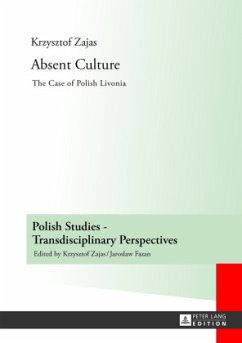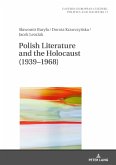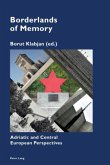The book forms a monograph of the local culture of the old Polish Livonia, practically absent in contemporary humanistic research. It includes historical and anthropological recapitulation of the phenomenon, but it also tries to describe cultural mechanisms characteristic in the so-called border situations, on a specific example. An important part of the description is an attempt to capture the phenomenon of local Polish-Livonian identity, enshrined in the literary and scientific projects of Polish Livonians. They form a misguided, unsuccessful representation the land in the discourse of Polish humanities. The book treats Polish Livonia in two ways: as an example of a dispersed, multi-cultural Polish borderland identity and as a unique phenomenon, grown up on the outskirts of the old Republic of Poland.
«This monograph stands as an important contribution to literary and historical scholarship on Livonia/Latgale, both in the conventional context of a Polish periphery and in its novelty in presenting it as a geo-historical region in its own right. It will provide a foundation for further research into the unique lattice of German(ic), East and West Slavic, and Baltic cultures which converge in this region.»
(Catherine Gibson, Central Europe Apr. 2015)
(Catherine Gibson, Central Europe Apr. 2015)







